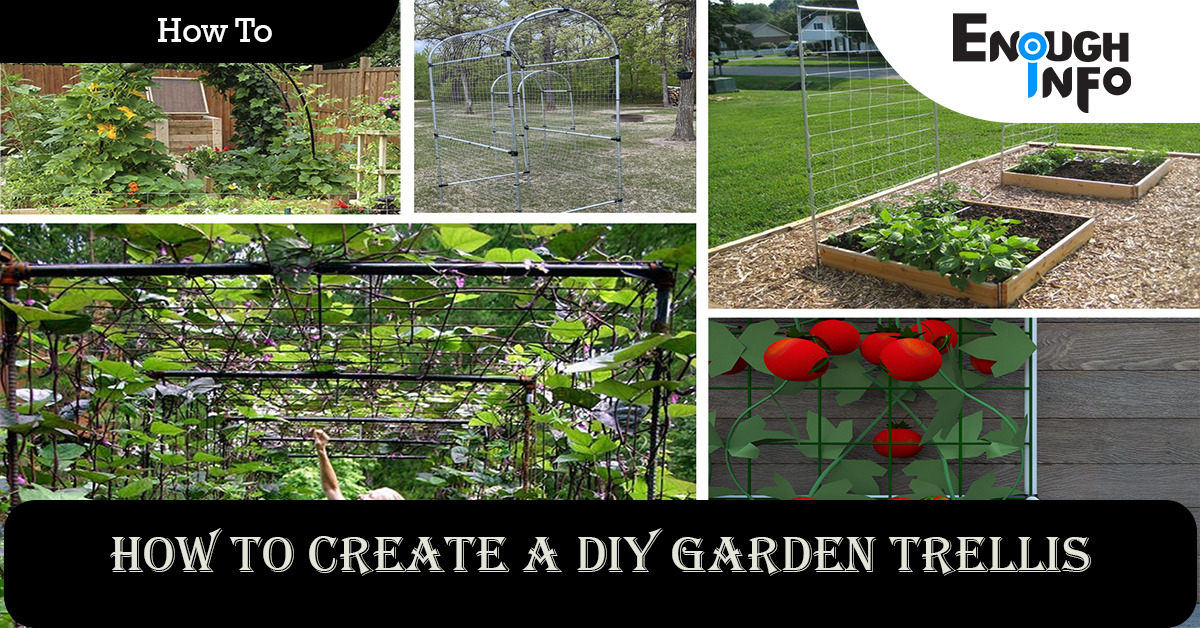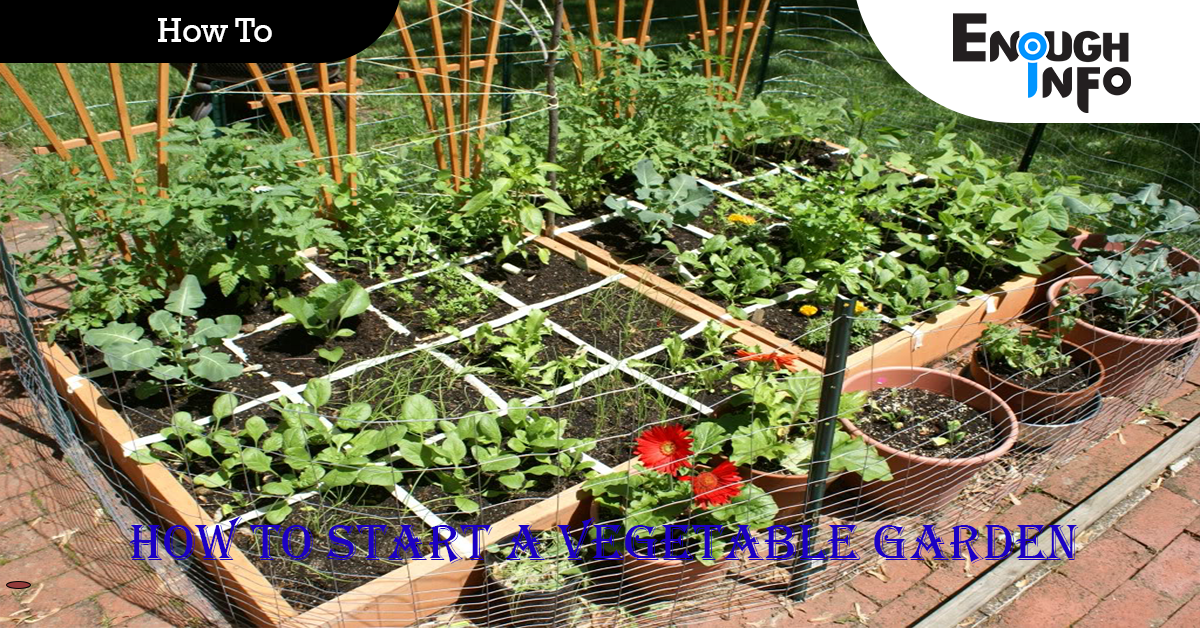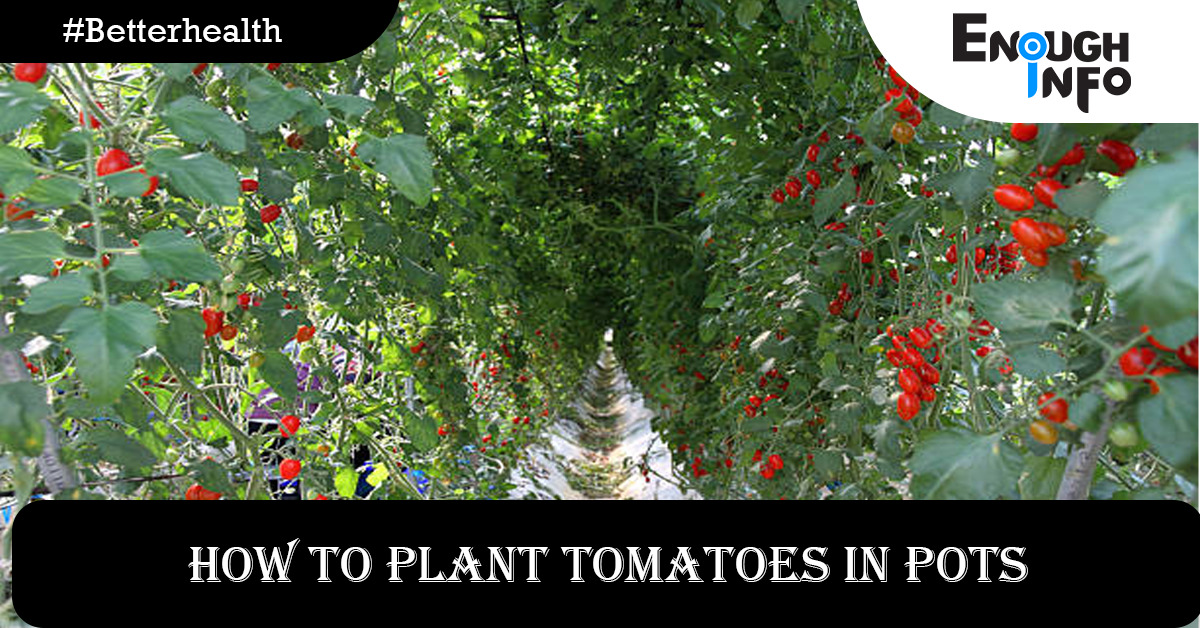How To Grow Herbs Indoors
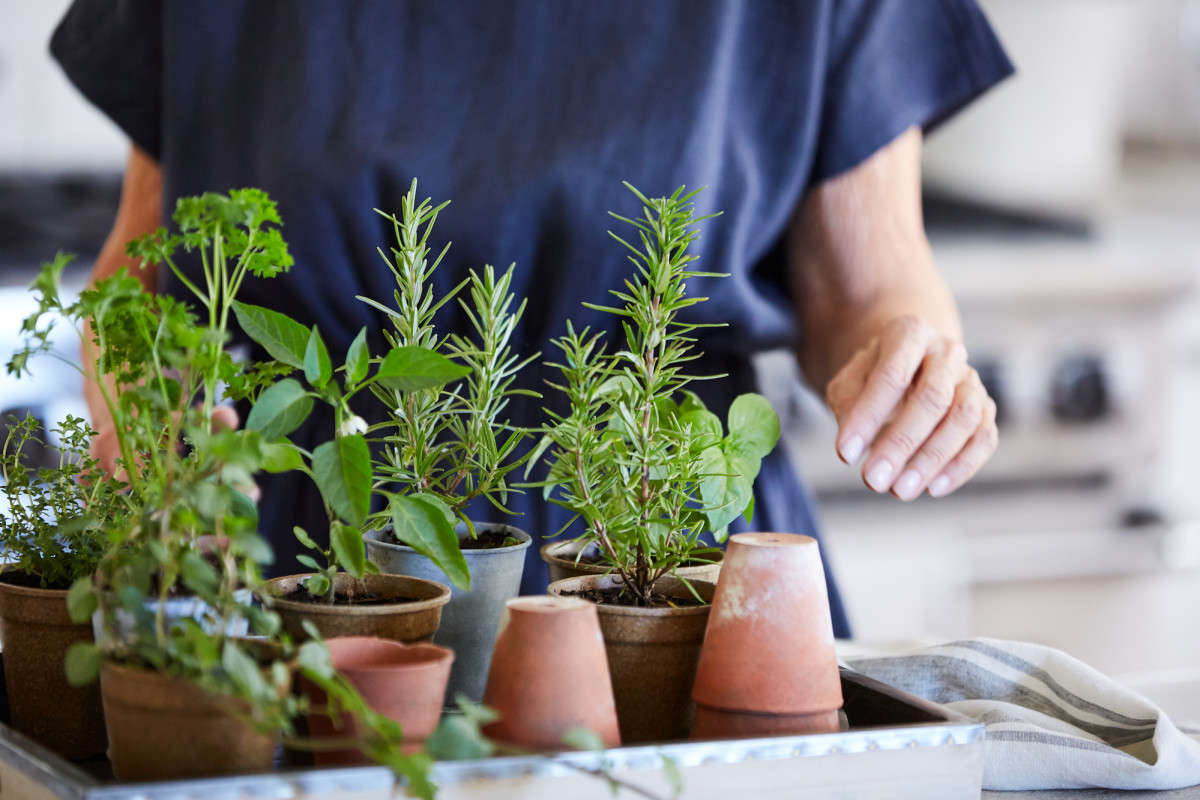
How to grow herbs indoors – Having fresh herbs at your fingertips is a wonderful way to enhance the flavors of your favorite dishes. Fortunately, you don’t need a garden or outdoor space to grow herbs. With a little bit of planning and care, you can create a thriving indoor herb garden right in your kitchen.
When you grow these aromatic plants in your kitchen, you’ll always have fresh herbal flavors at your fingertips. To grow herbs inside, position them near the brightest window possible. A south or southwest-facing window with direct sunshine is ideal. Few plants, like freshly gathered herbs, can transform daily cooking into gourmet meals. These adaptable aromatic plants may also ease our moods, aid in healing, and even make your home (and you) smell lovely. Growing these useful, beautiful plants yourself is simple and inexpensive, even indoors. Herbs, like any other plant, have diverse demands, but most don’t require much in the way of basic care.enoughinfo
Read Also: 8 Groups of Foods Best For Eye Health
Herbs that Grow Well Indoors
It may be tempting to begin by growing a wide range of herbs. However, you’ll be more successful if you concentrate on just a few that you know you’ll use frequently. Indoor herbs that are easy to grow include basil, chives, cilantro, mint, oregano, parsley, rosemary, sage, and thyme.
Best Indoor Herb Containers
You can grow herbs in almost any container you can think of. Plastic and ceramic containers, on the other hand, hold more moisture than terra-cotta, which is porous and permeable. Herbs often grow better in clay pots. Always ensure that the container in which your herbs are stored includes a drainage hole. Pour any excess water that gathers on a saucer underneath to avoid saturated soil.
In this article, we will guide you through the steps to grow herbs indoors, allowing you to enjoy the convenience and freshness of homegrown herbs year-round.
A Guide to Growing Herbs Indoors
Step 1: Choose the Right Herbs
Start by selecting herbs that are well-suited for indoor cultivation. Popular choices include basil, parsley, cilantro, mint, rosemary, thyme, and chives. Consider your culinary preferences and the amount of sunlight available in your space when making your selection.
Step 2: Find a Suitable Location
Most herbs thrive in bright, sunny conditions, so choose a location in your home that receives at least 6 hours of sunlight per day. South-facing windows are ideal, but east or west-facing windows can also work. If natural light is limited, consider using fluorescent grow lights to supplement the light needs of your herbs.
Step 3: Select Containers
Choose suitable containers for your herbs. Ensure that each container has proper drainage to prevent waterlogging. You can use small pots, hanging baskets, or even repurpose containers like mason jars or tin cans. Just be sure to provide enough room for the herb’s roots to grow.
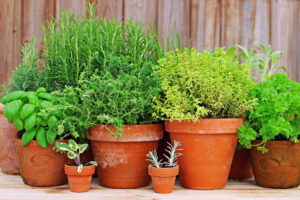
Step 4: Use Quality Potting Soil
Fill the containers with a high-quality potting soil mix that is well-draining. Avoid using garden soil as it may contain pests or diseases. The potting mix should be lightweight, fertile, and have good moisture retention properties.
Read Also: 24 Best Energy-Boosting Foods(All You Need To Know)
Step 5: Planting and Watering
Carefully transplant your herbs into the containers, ensuring that the roots are covered with soil. Water the herbs thoroughly after planting, allowing the excess water to drain out. Most herbs prefer slightly moist soil, so water them whenever the top inch of soil feels dry. Avoid overwatering, as it can lead to root rot.
Step 6: Provide Adequate Light
Place your herb containers in the chosen location where they can receive ample sunlight. If natural light is insufficient, position the herbs under grow lights. Keep the lights on for around 12-16 hours per day, ensuring they are positioned close enough to provide adequate intensity.
Step 7: Temperature and Humidity
Most herbs prefer temperatures between 60°F and 70°F (15°C to 21°C). Avoid exposing them to cold drafts or extreme temperature fluctuations. Maintain moderate humidity levels by grouping the herb containers together or using a humidifier if necessary.
Step 8: Pruning and Harvesting
Regularly prune your herbs to encourage bushier growth and prevent them from becoming leggy. When the herbs have grown to a sufficient size, start harvesting by snipping off the leaves or stems as needed. Harvesting promotes new growth and keeps the plants compact.
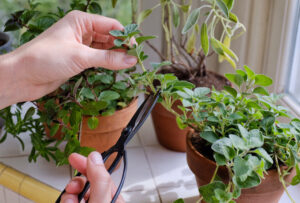
Step 9: Fertilizing
To ensure healthy growth, supplement your herbs with organic liquid fertilizers every 4-6 weeks or as per the instructions on the product. Avoid over-fertilizing, as it can lead to excessive foliage growth with less flavor.
Step 10: Pest Control
Keep an eye out for common indoor herb pests like aphids, mealybugs, or spider mites. If you notice any signs of infestation, gently wash the affected herbs with water or use natural pest control methods like neem oil or insecticidal soap.
Read Also: Best Foods To Boost Testosterone(2023 Guide)
FAQs & Answers
How often should I water my indoor herbs?
Can I grow herbs indoors without natural sunlight?
While herbs thrive in natural sunlight, you can still grow them indoors without direct sunlight. Supplemental grow lights, such as fluorescent or LED lights, can provide the necessary light spectrum for plant growth. Position the lights close to the herbs and keep them on for 12-16 hours per day to mimic sunlight.
How can I prevent my indoor herbs from becoming leggy?
To prevent leggy growth, make sure your herbs receive adequate light. Insufficient light can cause plants to stretch and become leggy. If natural light is limited, supplement with grow lights. Additionally, regular pruning is essential. Pinch or trim the tops of your herbs to encourage bushier growth and remove any leggy or straggly stems.
Can I use regular garden soil for indoor herbs?
It’s best to avoid using regular garden soil for indoor herbs, as it may contain pests, diseases, or excessive moisture retention. Opt for a well-draining potting soil mix specifically formulated for container gardening. This type of soil provides the right balance of nutrients and drainage for optimal herb growth.
How long will it take for my indoor herbs to grow and be ready for harvest?
The time it takes for herbs to grow and be ready for harvest varies depending on the herb type and growing conditions. Most herbs can be harvested within a few weeks to a couple of months after planting. However, certain herbs like basil and mint tend to grow more quickly. Monitor the growth of your herbs and harvest the leaves or stems when they reach a desirable size.How to grow herbs indoors
Read Also: Top Healthy Foods To Eat Everyday(2023 Guide)
Can I use leftover herbs from the grocery store to start an indoor herb garden?
Yes, you can use leftover herbs from the grocery store to start an indoor herb garden. Look for herbs with healthy stems and leaves. Trim off any lower leaves and place the stems in water to encourage root growth. Once the roots have developed, transfer the herbs into pots with potting soil. This way, you can enjoy your fresh herbs and propagate new plants simultaneously.
Can I grow multiple herbs in the same container?
It’s possible to grow multiple herbs in the same container, especially if they have similar growth requirements. However, it’s important to consider the space requirements of each herb and ensure that they have enough room to grow without overcrowding. If the herbs have different growth rates or water requirements, it may be better to plant them in separate containers.
How can I prevent pests from infesting my indoor herbs?
To prevent pests, maintain good hygiene and monitor your herbs regularly. Keep your indoor gardening area clean and free of debris. Inspect your herbs for any signs of pests, such as discoloration, webs, or holes in the leaves. If you notice an infestation, isolate the affected plant and treat it with natural pest control methods such as neem oil or insecticidal soap.
Can I use chemical fertilizers for indoor herbs?
While chemical fertilizers can be used for indoor herbs, it’s generally recommended to opt for organic fertilizers. Organic options like liquid seaweed or fish emulsion provide nutrients in a gentle and natural manner. They are less likely to cause salt buildup in the soil, which can be harmful to herbs in the long run. Follow the instructions on the fertilizer packaging for proper application.
Read Also: How to start a vegetable garden
Conclusion:
Growing herbs indoors is a rewarding and practical way to have fresh flavors at your fingertips throughout the year. By following these ten steps, you can create a thriving indoor
herb garden and enjoy the convenience of homegrown herbs in your culinary endeavors. Remember to choose the right herbs for indoor cultivation, provide adequate light and temperature conditions, and water and fertilize your herbs appropriately.
With a little care and attention, your indoor herb garden will flourish, adding fragrance, flavor, and beauty to your kitchen. So, get your green thumb ready, gather your supplies, and embark on the journey of growing your very own indoor herb garden. Happy gardening and bon appétit!


